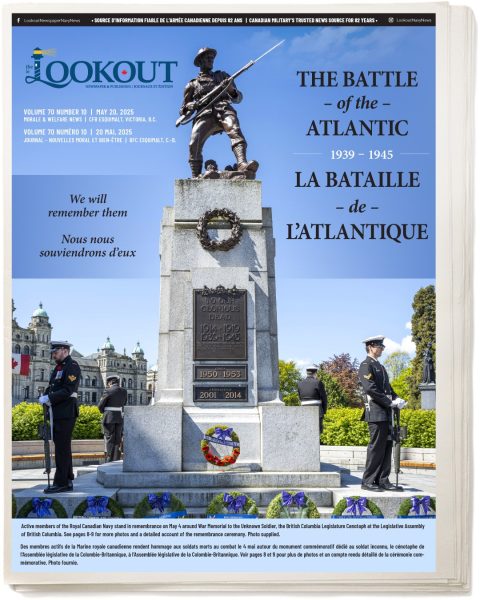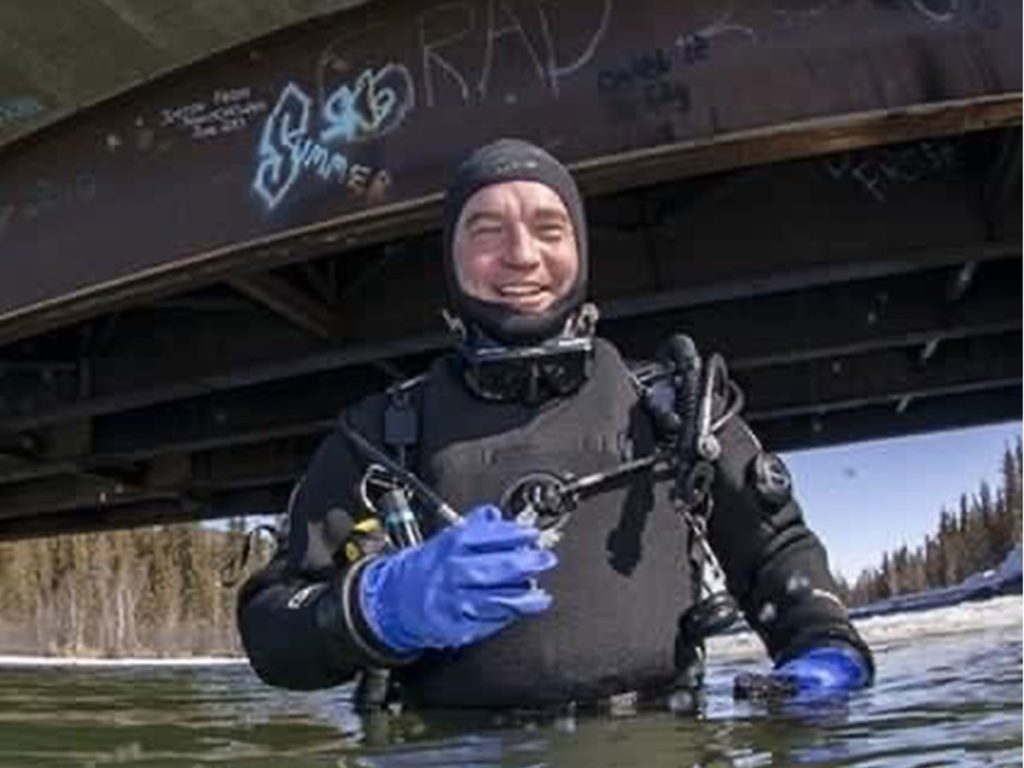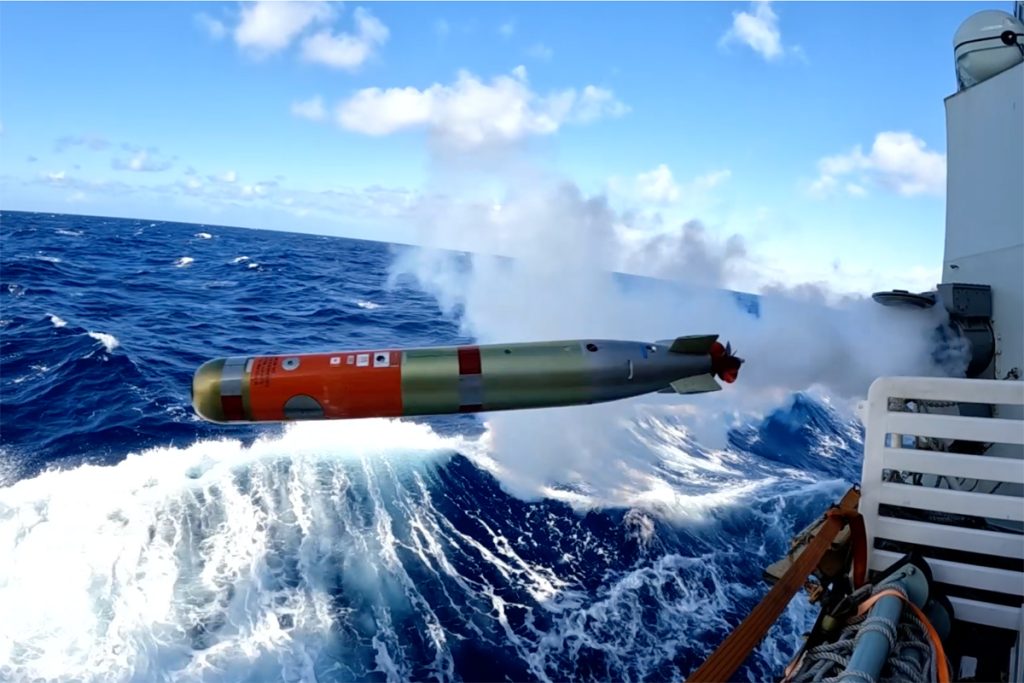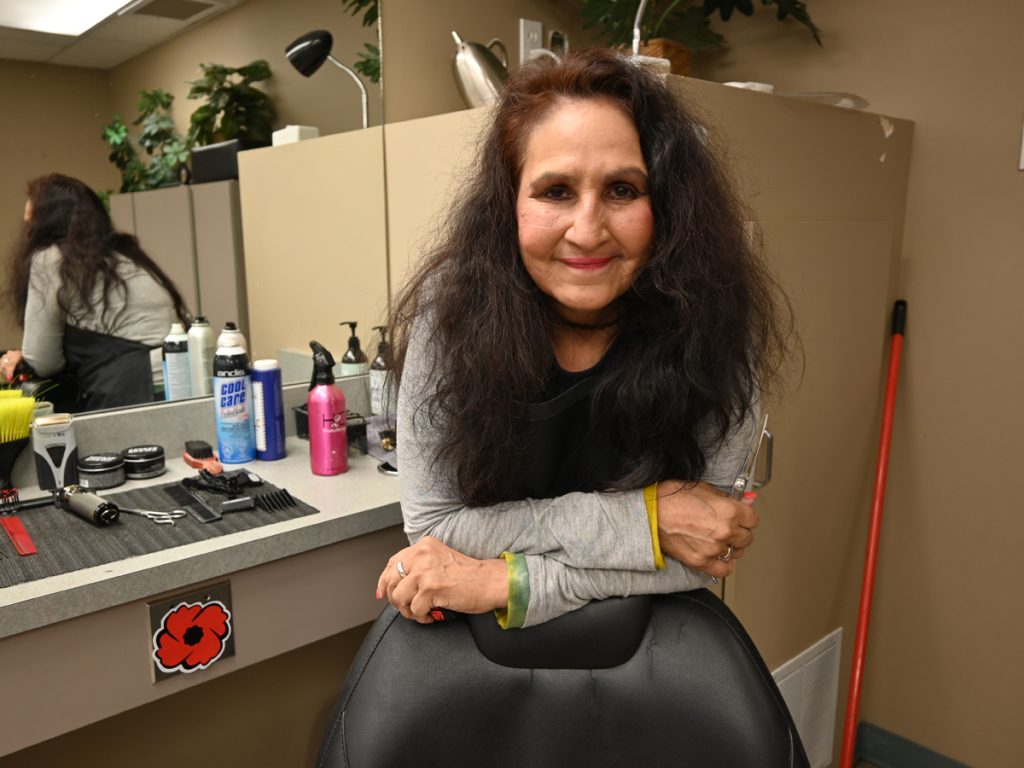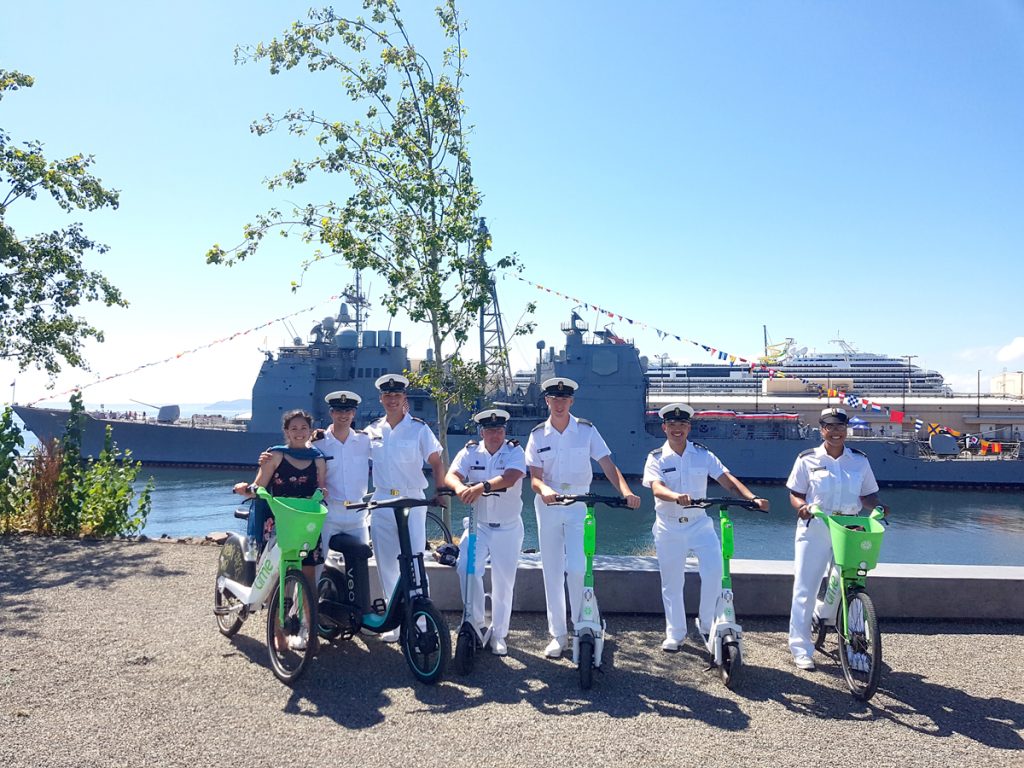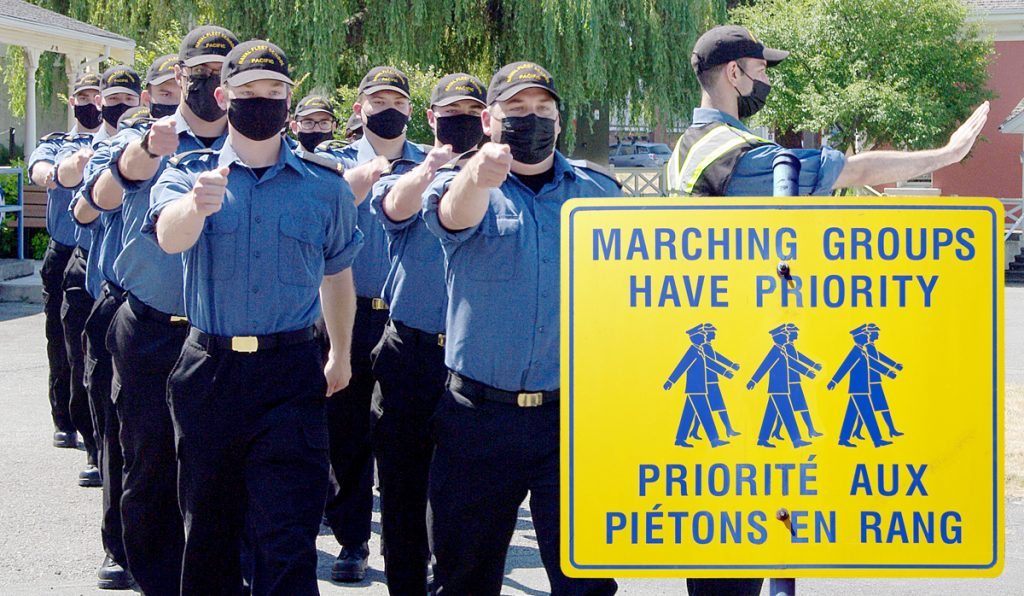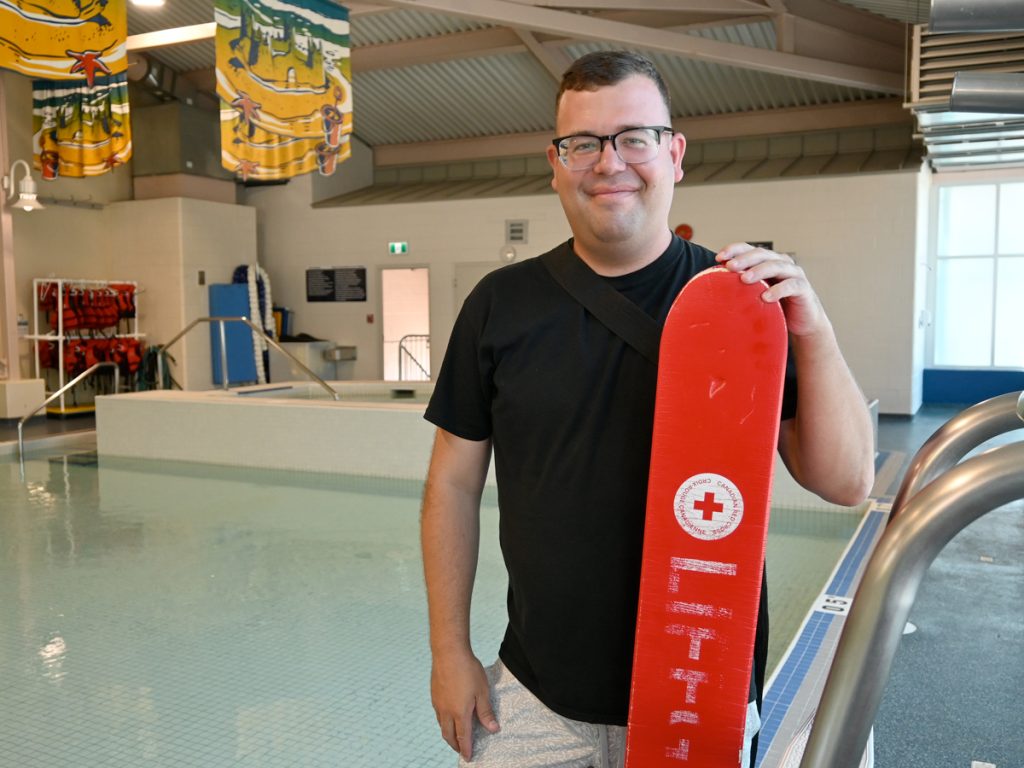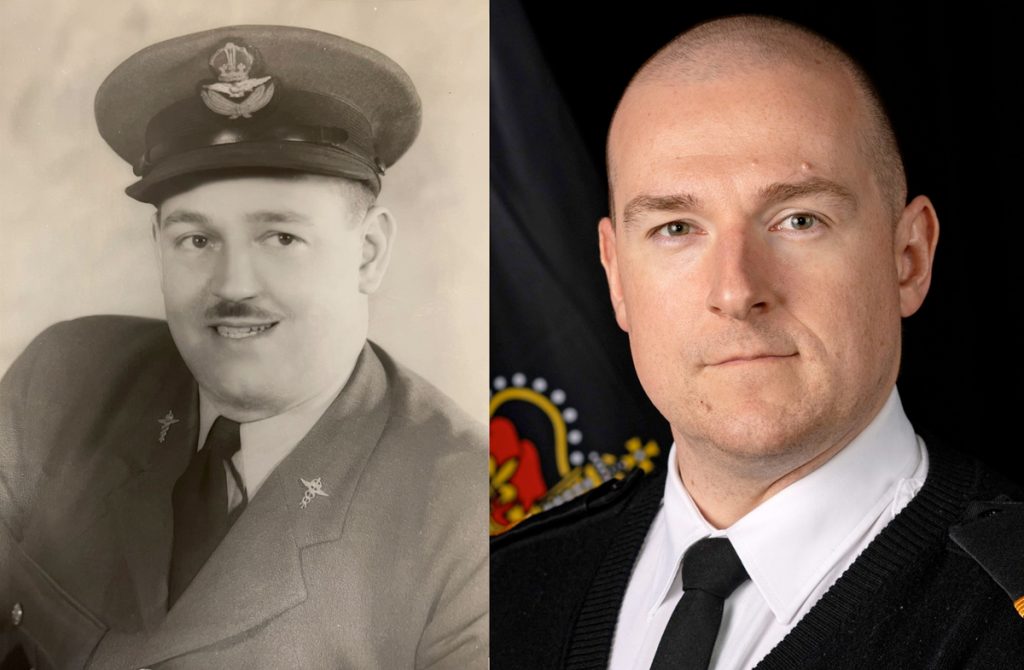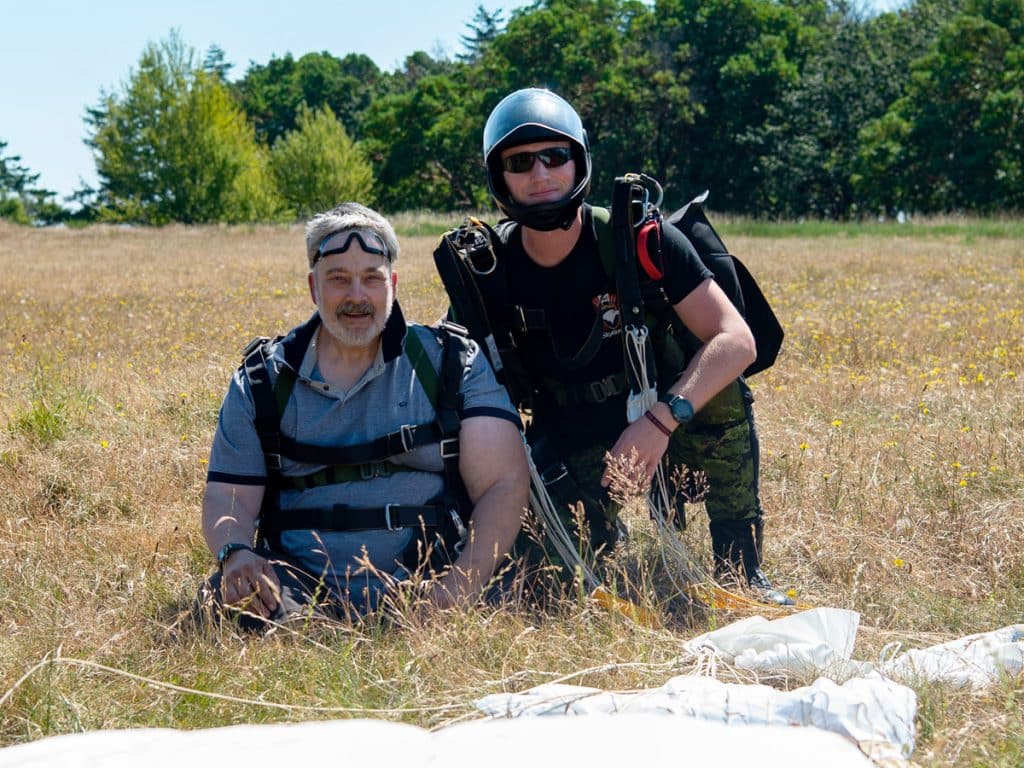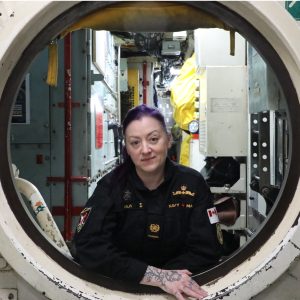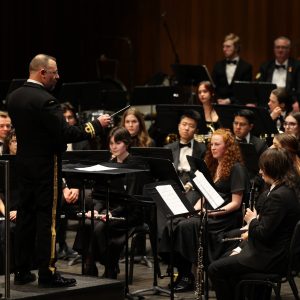Tamaru the Troll – Fictional character tells real PTSD story
Peter Mallett, Staff Writer — When a pint-sized sickly grey troll with a pot belly, gnarled feet, and discoloured teeth rips a beautiful garden to shreds, David realizes things in his life are very wrong. In a self-published short story, A Troll in the House, the fictional troll represents Post-Traumatic Stress Disorder (PTSD), which one military member faced in real life, and is using as a [...]
